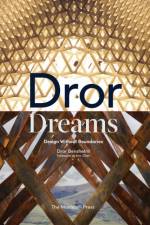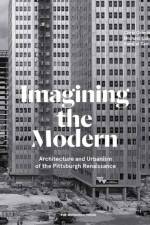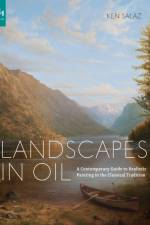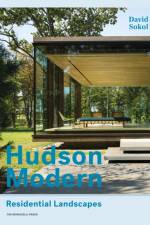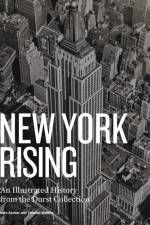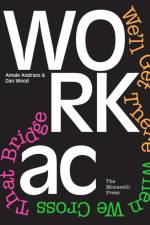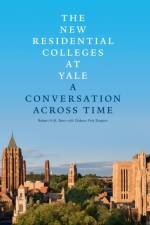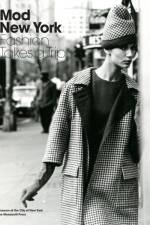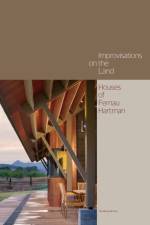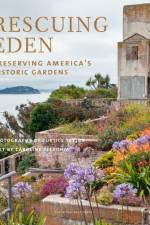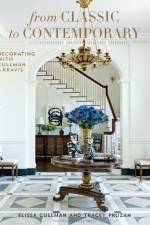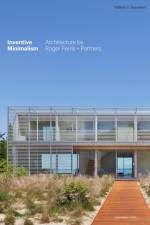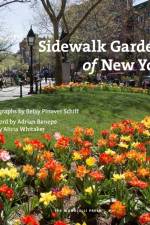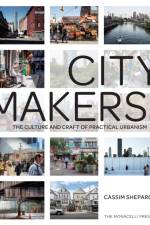- Preserving America's Historic Gardens
av Caroline Seebohm
481
From simple 18th- and early 19th-century gardens to the lavish estates of the Gilded Age, the gardens started by 1930s inmates at Alcatraz in San Francisco Bay to the centuries-old camellias at Middleton Place near Charleston, South Carolina - Rescuing Eden celebrates the history of garden design in the United States, with 28 examples that have been saved by ardent conservationists and generous private owners, and opened to the public. The United States has a rich tradition of landscape design, with gardens on a scale that rivaled the great gardens of Europe, but in the absence of specific institutions dedicated to their preservation, many of these "ephemeral collaborations between man and nature" were lost - during the wars, economic depressions, and social upheavals that swept the country in the mid-20th-century, or to creeping development and urban sprawl. The surviving gardens presented here were selected for the drama of their original creation and rescue and for their historical and horticultural importance. Ranging from wonderful to woebegone, each has its own character, and each has been brought back from the brink through a combination of imagination and tenacity. Discover The Kampong in Miami, Florida, planted with hundreds of tropical rarities from Southeast Asia by legendary plant explorer Dr. David Fairchild; Barnsley Gardens in Georgia, one of the few antebellum gardens surviving in the South, planted with 200 varieties of roses; the Lynchburg, Virginia garden created by Harlem Renaissance poet and civil rights activist Anne Spencer; the eccentric Ladew Topiary Gardens, with 15 garden rooms and a topiary foxhunt; the Belle Epoque grandeur of the Untermyer Garden in Yonkers, New York; and many others across the country, in Kentucky, Texas, Michigan, Maine, Rhode Island, and California. Each garden has been specially photographed by noted landscape and garden photographer Curtice Taylor, and introduced with authoritative and engaging text from design historian Caroline Seebohm, encouraging readers to appreciate the landscapes that serve not only as windows on American history, but living, flourishing pleasure grounds for botanists, horticulturalists, and nature lovers throughout the United States.



